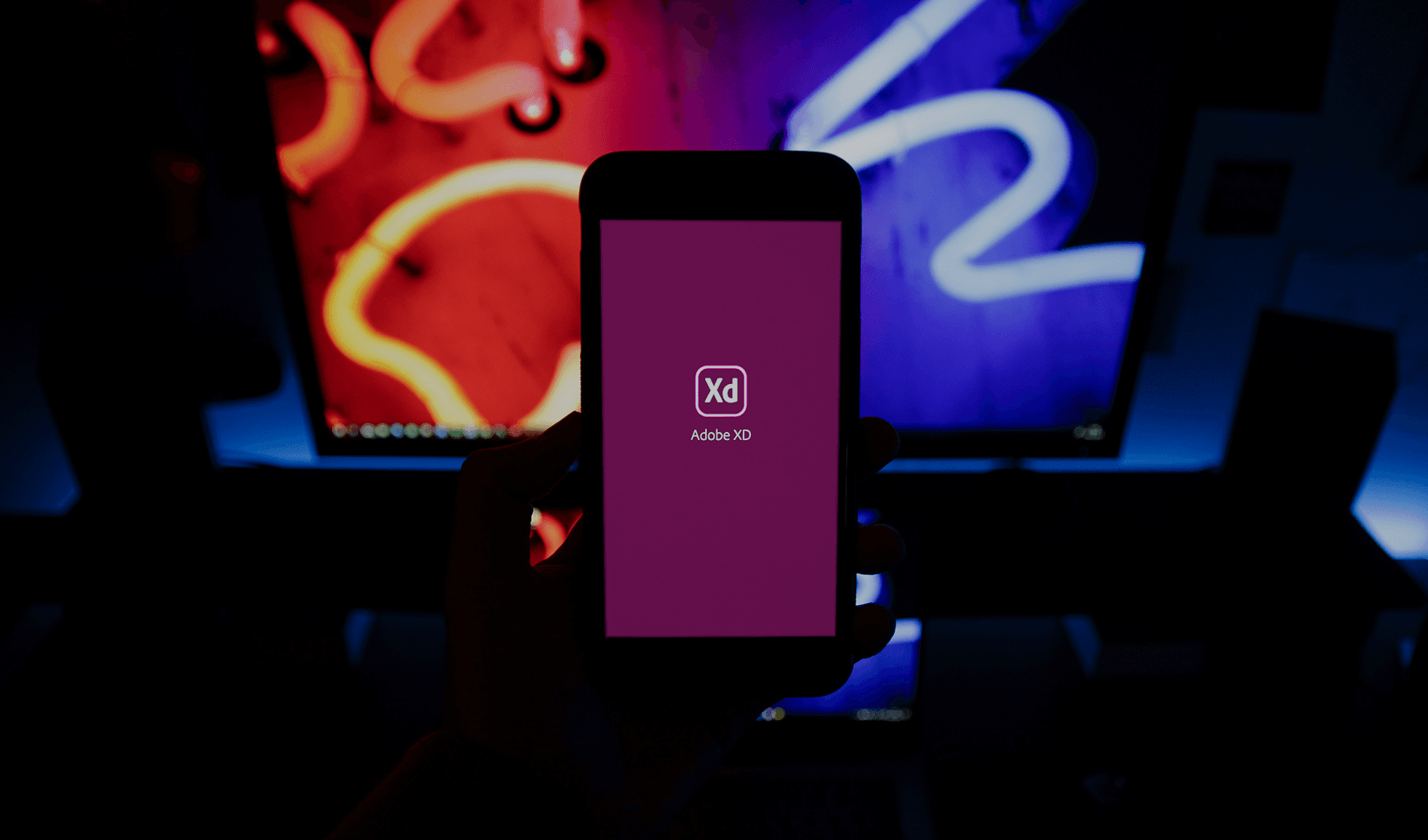
How to build a software product from scratch

When developing a new software application from scratch, there are many variables that need to be addressed. Your team has to balance factors including business needs, customer needs, technical specifications, budget, and timeframe. And you often run into roadblocks along the way that mean your solution will look different from your original vision. As a result, companies that don’t plan and communicate properly throughout their development project run a high risk of partial or complete failure in meeting objectives: Standish Group's CHAOS Report found that only 16.2% of software projects are completed on time and on budget.
However, by following a dedicated process, your software product launch has a much greater chance of being successful in reaching its goals and delivering value for your organization.
In this article, we'll share key stages in the software development lifecycle (SDLC) and how you can best prepare for a successful product launch.
The software development lifecycle
These six phases make up the development cycle of a typical software product.
- Planning
- Defining
- Designing
- Building
- Testing
- Deployment
Next, let's look at what's involved in each phase and best practices to help you achieve a successful outcome.

Planning
The planning, or "needs assessment" phase is where you take a comprehensive look at your business needs, the end-user needs, and the gap between what's currently available and what your desired outcome is. This step can be taken whether refining an existing product or building a new product from the ground up.
This stage involves a lot of inquiries to determine what's needed, so that you can ensure all of your stakeholders are clear on what mission you are trying to accomplish.
Questions you should ask and address in this phase include:
Create "user personas" for each type of user who'll be interacting with your application. What are their goals? What challenges do they face in achieving these goals?
In a nutshell, what will your product help your customers achieve? For a budget planning app, for instance, the answer might be, "helping people automate their budgeting so they can save more money easily."
What software environment do you need?
When considering the type of product you're building, you'll need to think about all the different use cases. Will your customers be accessing your product on a desktop computer, tablet, or mobile phone? How many active users do you anticipate having, and how many are likely to access the application simultaneously? This information will help you understand the platform capabilities you’ll need to factor in.
Defining
From here, you can determine the feasibility of matching everything on your wish list. Consider:
How much availability do your team members have to complete the project? This will help you determine both whether to hire external contractors and estimate the project time frame.
Do your internal team members have all of the requisite programming languages and frameworks? Evaluate their skill sets so that you can understand what outside talent you may need to source.
Bring your development team and other stakeholders together to rank the importance of different features, so that you can prioritize your must-haves in your release schedule.
Once you've clearly defined the scope of the project, you should be able to create a complete list of features based on prioritization level, the resources you'll use to complete the project, the proposed time frame, and the budget.
Designing
The next step includes mapping out how the application will operate, designing the look and feel, and building a prototype of your product.
When designing your product, you should work with your users to gather feedback on how they're likely to interact with the app, so that you can ensure it meets their needs. For example, with your budgeting app, if the feature they're likely to use most frequently is scanning receipts, you should make sure there is a camera button featured prominently within the app home screen so they can easily take photos.
Integrate your user feedback to map out a prototype. Your prototype may be as simple as a wireframe on a screen, or may involve a PowerPoint animation to illustrate how each feature will work and what the workflow is like in moving from one screen to the next. You can monitor your users as they move through the prototype, taking note of where they get stuck. This will help you refine the prototype so that you can ensure that it is intuitive and meets all of your objectives.
Once you have a prototype that your team feels good about, you can move on to the next phase: building.

Building
When building your application, you'll need a dedicated process to help you map out what each phase of work is, who is doing what, and how it will be delivered. There are numerous project management methodologies that can be used in the software development process to help you accomplish this. The most common methods are Waterfall and Agile.
In the Waterfall methodology, the project is broken up into discrete, linear steps, with each step relying on the one that came before. The entire project will be mapped out at once, with thorough documentation. This can work for highly predictable projects, but doesn't allow flexibility if you need to make changes to the project scope.
Agile methodology has taken the lead in the software development world, with over 85% of developers using Agile project methodology, according to a Stack Overflow survey of nearly 59,000 respondents. Agile methodology involves an iterative process in which projects are broken down into smaller subsets of tasks, with each team member responsible for completing defined work simultaneously during a "sprint" cycle, which is typically two weeks in length. Each day, team members will conduct daily "stand ups" to discuss what they've just accomplished, what they plan to do, and any roadblocks in their way. This enables team members to prioritize work to support their colleagues, and helps to foster a collaborative and productive workflow.
At the conclusion of each sprint cycle, your team will evaluate progress and shift priorities based on what you've learned in the current cycle, helping you to be more realistic in planning out your overall end point. The Agile process is ideally suited to software development: Agile projects are 28% more successful than traditional Waterfall development projects.
Many development teams use various subsets of Agile project methodology, including:
Kanban, which uses a board to visualize work in various phases, including "work to be done," "work in progress," and "work completed." As tasks progress, the card moves from one column to the next, enabling teams to easily view progress and spot bottlenecks.
Scrum is a more clearly defined framework for adopting Agile project methodologies, which includes two-week Sprints, 15-minute Scrum meetings, and a "burndown chart" to visualize what's left to be done within each sprint cycle. A Scrum Master is responsible for managing the process and interfacing with the product manager.
In most cases, some form of agile methodology will be the best fit for your product development process. You can learn more about your options and how to get started at the Agile Alliance.
Testing
As each feature is built, it's time to test. Look for bugs and errors, as well as features that simply aren't as user-friendly as intended.
Your team should conduct code review as each feature is being built, and you can roll each release out to a small group of alpha and beta testers to analyze how they interact with the feature and collect their feedback. If the product is already in wide release, you can also A/B test the new feature with a randomized sampling of your audience to analyze how they interact with it before rolling it out more widely.
As you analyze the feedback, look at whether everything is operating correctly, and look for variations across different browsers or devices to identify if there are any bugs you need to fix. Also pay attention to adoption in general: If the feature is not being used as expected, you may need to collect more user feedback to understand what's missing, or just scrap it altogether.
However, once you feel confident in each feature's functionality, you can move ahead to the final stage: deployment.

Deployment
In most software product development, deployment is not a one-and-done step. You'll typically roll out your product release in phases, adding new features with each new release and making updates and fixes to existing features based on user data and feedback.
With each deployment cycle, you can roll out phased releases, offering the feature to a limited user pool to ensure that no unexpected errors occur as you ramp up the volume, then extending it to a larger circle of users from there until it is accessible to your entire audience.
Pay close attention to user behavior and user feedback along the way, watching for reports of bugs and errors. There are often things your team hasn't caught in initial testing, so it's important to pay close attention to what your users report so that you can immediately make fixes when needed.
An Ongoing Process
Keep in mind that the software development product lifecycle is rarely a linear path. As users' technologies change, you'll need to make updates to your software to ensure continued compatibility. You'll also want to add integrations with other tools that your customers use.
As your software gains broader adoption, you'll need to pay close attention to both the competitive market to understand your competitors' features and how you can differentiate from them, and to your users' continued interactions with your application. Over time, you may discover that some features aren't gaining traction, and decide to retire them, while new features may be added to the product roadmap.
In order to develop a product that meets your stakeholder and user goals, it's important to begin by conducting detailed research into what needs must be met and how to get there, and, through every phase of the development cycle, continually listen to your users to understand what's missing from your product and how it can be improved over time.
Conclusion
The software development process rarely goes exactly according to plan. In order to optimize your chances of coming in on time and on budget, while meeting all of your business objectives, it’s important to think strategically long before you begin the development process, and to leave room for changing scopes.
It can help to work with a strong partner agency with experience navigating all the challenges of launching a new digital product, which will be able to integrate with your internal team and help supplement them with additional technical expertise to help them ramp up quickly and fill in the knowledge gaps when tackling new programming languages and frameworks.
By incorporating best-in-class strategic planning and resources through all the stages of your software development process, your business can look forward to a successful product launch.





